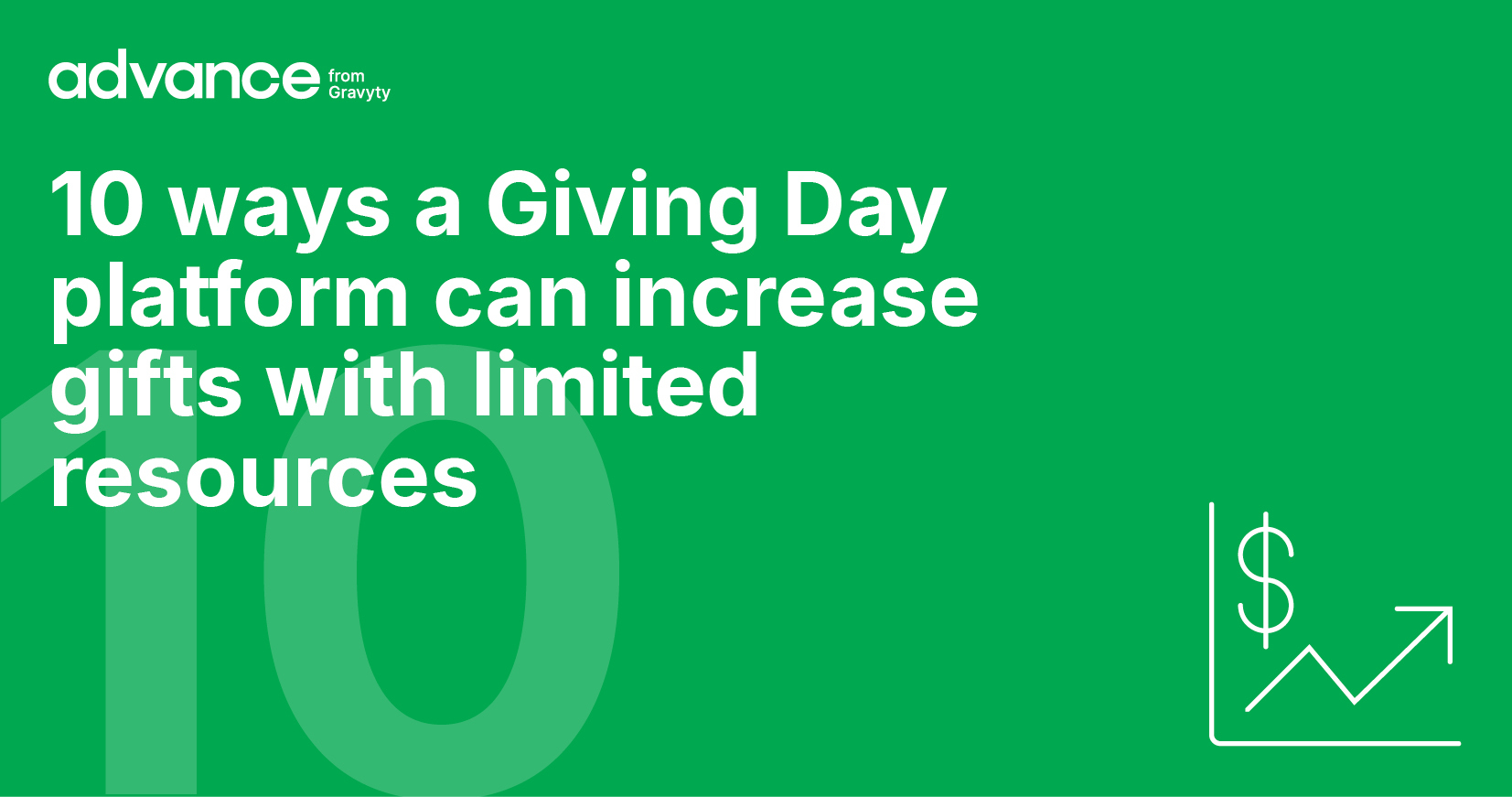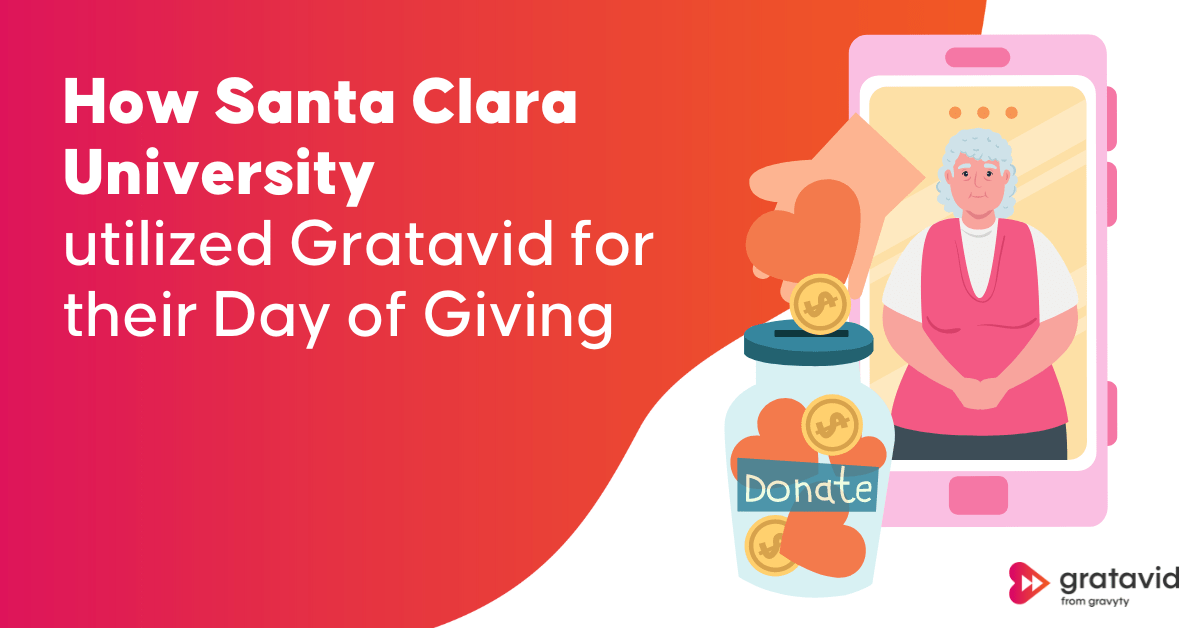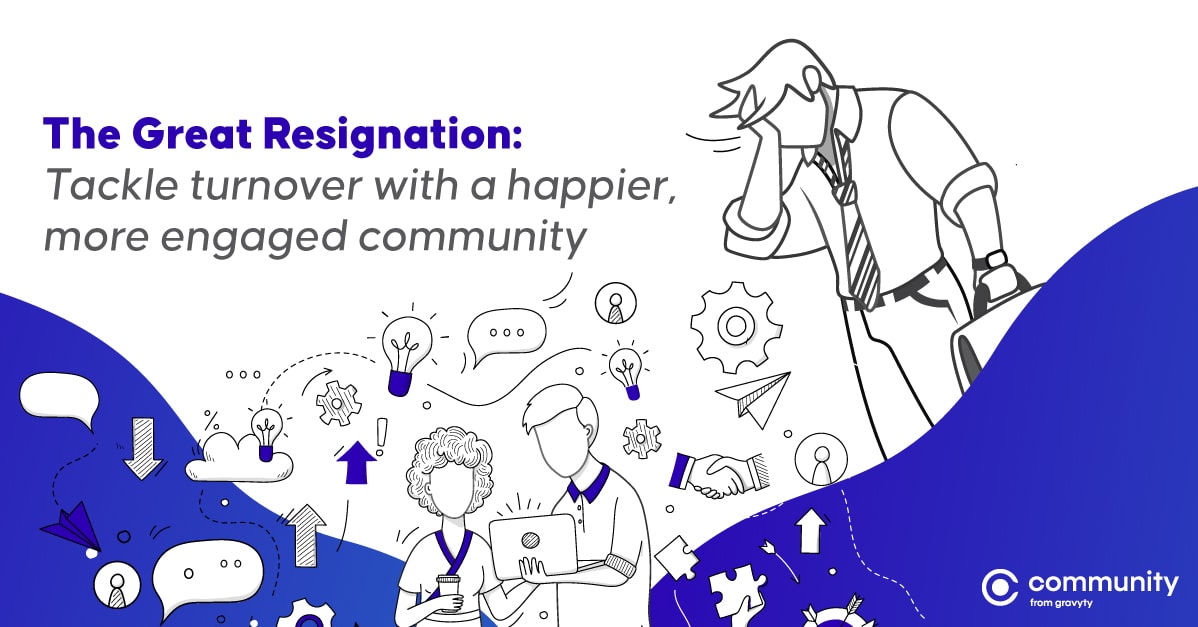10 ways a Giving Day platform can increase gifts with limited resources

The right Giving Day platform can help teams of all size surpass their Giving Day goals
Giving Days are key fundraising events for educational institutions and help create a sense of community and can unite alumni, staff and students to give back to the institution.However, organizing a Giving Day can be challenging, especially if you have limited resources or a small team. Let’s break down ten tips for running a successful Giving Day with limited resources, a small fundraising team or new team members—and how a Giving Day platform can help increase yield for your organization.
Before you start, get organized
Before you start, it is essential to get organized. Have a well-planned strategy that includes your goals and expected outcomes. Start by picking the date for your Giving Day. Is tuition due around this date? Are grades going out? Ensure your Giving Day timeline aligns with the rest of campus. When planning a Giving Day, it’s also crucial to build in buffers to your deadline and overall schedule as priorities often shift and unexpected deviations from the plan will happen.
Small and New Teams: How to run a successful Giving Day with limited resources
Are you part of a small or newly-formed team looking to organize a Giving Day event? Are you worried about having limited resources and time to make it a success? Get best practices and tips for running a successful Giving Day event with limited resources and time.
Watch the on-demand session
Engage internal stakeholders early + often
Instead of engaging teams via committee, meet one on one with the individual stakeholders to get more done. Figure out how to not let the one detractor distract from the entire project. It is estimated to take seven months to build trust with a new connection. Kickstart your important partnerships with other teams by building habits into your daily, weekly and monthly task lists.
- Set up a monthly recurring meeting with each key stakeholder. Ahead of the meeting, ask them to send any requested agenda items and share your own. Follow up with detailed notes and next steps.
- Set up reminders in your calendar to touch base with them (via phone, email, text, internal communication channel or another mechanism) weekly.
- Once every 6 months, have state-of-the-partnership conversations where you’re asking for feedback on what’s going well and what can be improved.
- When in doubt, err on the side of over-communicating.
Restricted vs. Annual funds
When organizing a giving day, keep in mind that restricted and annual funds have different purposes. Restricted funds go to specific programs or campaigns, while annual funds are flexible and cover areas such as financial aid or faculty support. Understanding the difference between the two can help you tailor requests for donations.
Restricted funds are not just for big higher ed institutions. It’s time to grow beyond the annual fund and scholarships. Find out what your internal stakeholders are passionate about and leverage these interests for your Giving Day outreach plan.
Another tip is to separate the annual fund into smaller buckets. For example, maybe it all rolls up to the same fund, but you’re engaging people in several different ways (I.e., the top five things this fund supports) campaigns.
Broaden your ask
Don’t just rely on your usual donors and supporters to drive your giving day. Reach out to new audiences and potential donors through social media, email marketing, and other channels. Consider partnering with other organizations or groups that share your mission, to broaden your reach and pool of potential donors.
Know your audience well
To connect with donors and supporters, you need to understand their motivations and interests. Use data analytics and donor surveys to gain insights into your audience’s giving patterns, preferences, and demographics. Tailor your messaging and content to appeal to different segments of your audience, and personalize your outreach wherever possible.
Don’t be afraid to borrow ideas from bigger schools, but also know when to pivot
Don’t reinvent the wheel when it comes to Giving Days. Look to bigger or more established schools or organizations for inspiration and best practices. But also don’t be afraid to pivot or customize your approach to fit your organization’s unique needs and audience.
Don’t bring in incentives too early
Incentives and premiums can be powerful motivators for donors, but they can also detract from the main goal of your Giving Day—to raise funds for your organization. Don’t introduce incentives or premiums too early in your campaign, as this can create a culture of entitlement or expectation among donors.
Get creative with fundraising challenges
One way to engage donors and create excitement during your Giving Day is to offer challenges or matches. These can be based on specific giving levels, donor behavior or other criteria. Get creative with your challenges and find ways to make them relevant and meaningful to your audience.
Students: Educate, don’t solicit
If you’re running a Giving Day for a university or college, you’ll likely want to involve students as donors and supporters. However, it’s important to educate them about the value and impact of giving, rather than having them feel solicited or pressured. Use a Giving Day platform like Advance from Gravyty to engage and educate students about your organization’s mission, impact, and needs, and foster a culture of philanthropy on campus.
Communicating impact throughout the year so they are ready for next year
It’s not enough to just run a giving day once a year and then forget about it. To keep donors engaged and motivated, you need to communicate the impact of their gifts and keep them informed of your organization’s ongoing work and achievements. Use your Giving Day platform to showcase your organization’s successes and thank donors for their contributions. This will help keep them informed and engaged, and more likely to participate in future Giving Days..
With the right planning, strategy, and execution, a Giving Day can be a highly successful and rewarding event for any organization, no matter the size or resources. By keeping your audience in mind, engaging internal stakeholders, and getting creative with challenges and messaging, you can drive donations and awareness for your cause, while building stronger relationships with your community. Use these tips and strategies to plan your next Giving Day, and make it a memorable success.
See how Advance, the top Giving Day platform to power your online giving initiatives amplifies your campaigns and increases donations at scale while delivering a seamless donor experience and empowering your fundraisers to optimize all of their efforts. Let’s talk.



